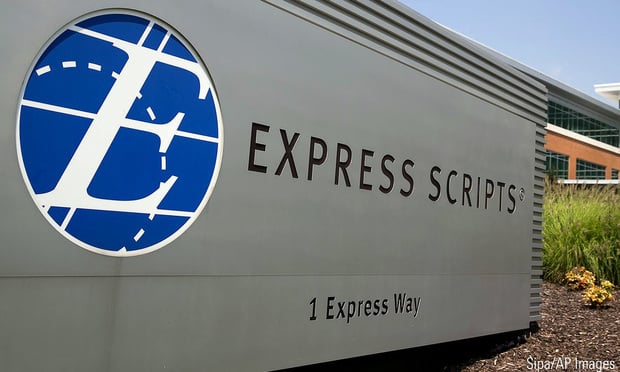The U.S. Equal Employment Opportunity Commission (EEOC) is cracking down on employers who encourage, require, or incentivize their employees to provide private health information as a requirement for participation in the employer-sponsored wellness program. The EEOC's mission is to keep employers from having access to information that may lead to bias when it comes to hiring decisions (e.g., hiring, firing, promotions, or raises).
Most often, these numbers come from biometric screenings, health assessments, or onsite screenings that are required or encouraged through the hired wellness program. Employers, in conjunction with the wellness program, may use these numbers to divide the employee population into risk categories—or simply to determine whether an employee has reached a specific goal (often rewarded with a financial incentive). With the current EEOC rules in place, how are employers supposed to gauge progress if they're don't have access to employees' baseline health information?
Answer: Administer a strategically designed wellness program that motivates employees without collecting sensitive genetic information or health records. It's not only a more effective way to engage employees, it's also the best way for a wellness program (and the employer) to stay in the EEOC's good graces. Why spend valuable time and money trying to determine whether your program is compliant, when it's possible to maintain engagement without poking for personal information? Don't throw in the towel just because your access to baseline health measures are limited. Here's how EEOC-approved wellness vendors make these “restrictions” work to their advantage.
Recommended For You
Complete your profile to continue reading and get FREE access to BenefitsPRO, part of your ALM digital membership.
Your access to unlimited BenefitsPRO content isn’t changing.
Once you are an ALM digital member, you’ll receive:
- Breaking benefits news and analysis, on-site and via our newsletters and custom alerts
- Educational webcasts, white papers, and ebooks from industry thought leaders
- Critical converage of the property casualty insurance and financial advisory markets on our other ALM sites, PropertyCasualty360 and ThinkAdvisor
Already have an account? Sign In Now
© 2025 ALM Global, LLC, All Rights Reserved. Request academic re-use from www.copyright.com. All other uses, submit a request to [email protected]. For more information visit Asset & Logo Licensing.








